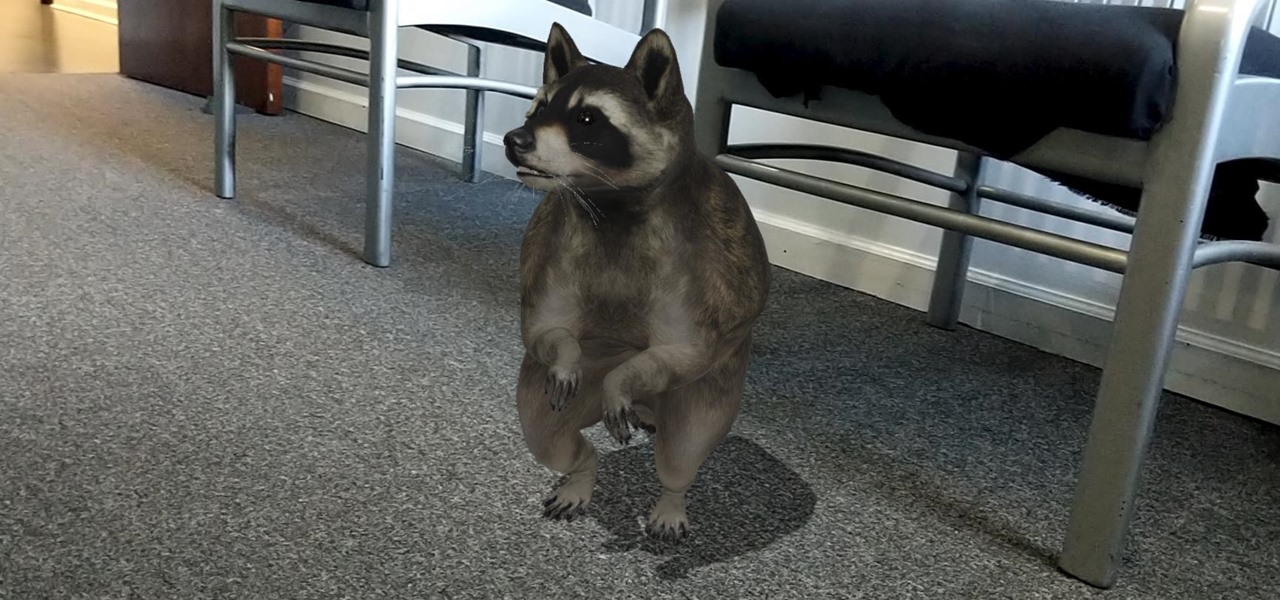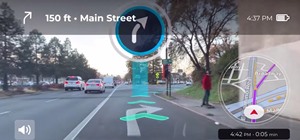Lions and tigers and bears are just a few of the animals that Google users can now bring into their physical environments.
Less than a month after previewing augmented reality capabilities in Search at Google I/O, Google has begun to roll out support for embedding 3D content into mobile search results, which can be viewed in AR on ARCore compatible devices.


Access to augmented reality content in Search requires an ARCore-compatible Android device with version 1.9 of ARCore installed. (As Android Police reports, the new feature may not run on some devices running Android Q beta. This was the case with my Pixel 2, but it worked fine once I reverted to Android 9.0.)
With the prerequisites out of the way, users should keep an eye out for the 3D content preview card with a "View in 3D" button. Animals are a good bet, with alligators, eagles, raccoons, horses, wolves, cats, dogs (specifically golden retrievers), and more (as well as the shark that starred in the I/O keynote) among the specimen viewable in AR.


The Search app will then present users with a 3D model that they can rotate and scale via touch gestures. Pressing the "View in your space" button on this view activates the AR experience. The first time through, users will need to give the app camera access, but then the app will ask users to move their device to scan for surfaces.
Once a surface is found, the app places the model into the camera view. From there, users can manipulate the model's position and size within their space and move around the model for varying vantage points. There's also a handy camera button to capture the view for posterity.


The feature, which is enabled by Scene Viewer in ARCore, is something Google expects to be able to use to display a wide range of 3D content, ranging from human anatomy to consumer product (including websites publishing 3D files, which Search can pull to the forefront). NASA, New Balance, Samsung, Target, Visible Body, Volvo, and Wayfair are among the entities that Google has initially partnered with to push 3D content into search results.
With Google maintaining its dominance in search, the addition of AR to the mix of information accessible through its Search product could go a long way in bringing AR into the mainstream. However, its ARCore requirement limits the full scale that Google could achieve, since Scene Viewer only supports ARCore. Moreover, Google supports the gITF 3D file format for web-based AR, while Apple prefers the USDZ format for its AR Quick Look feature.
Hopefully, future moves from Google will bring this stunning example of AR search to iOS sooner rather than later.
Just updated your iPhone? You'll find new emoji, enhanced security, podcast transcripts, Apple Cash virtual numbers, and other useful features. There are even new additions hidden within Safari. Find out what's new and changed on your iPhone with the iOS 17.4 update.
























Be the First to Comment
Share Your Thoughts